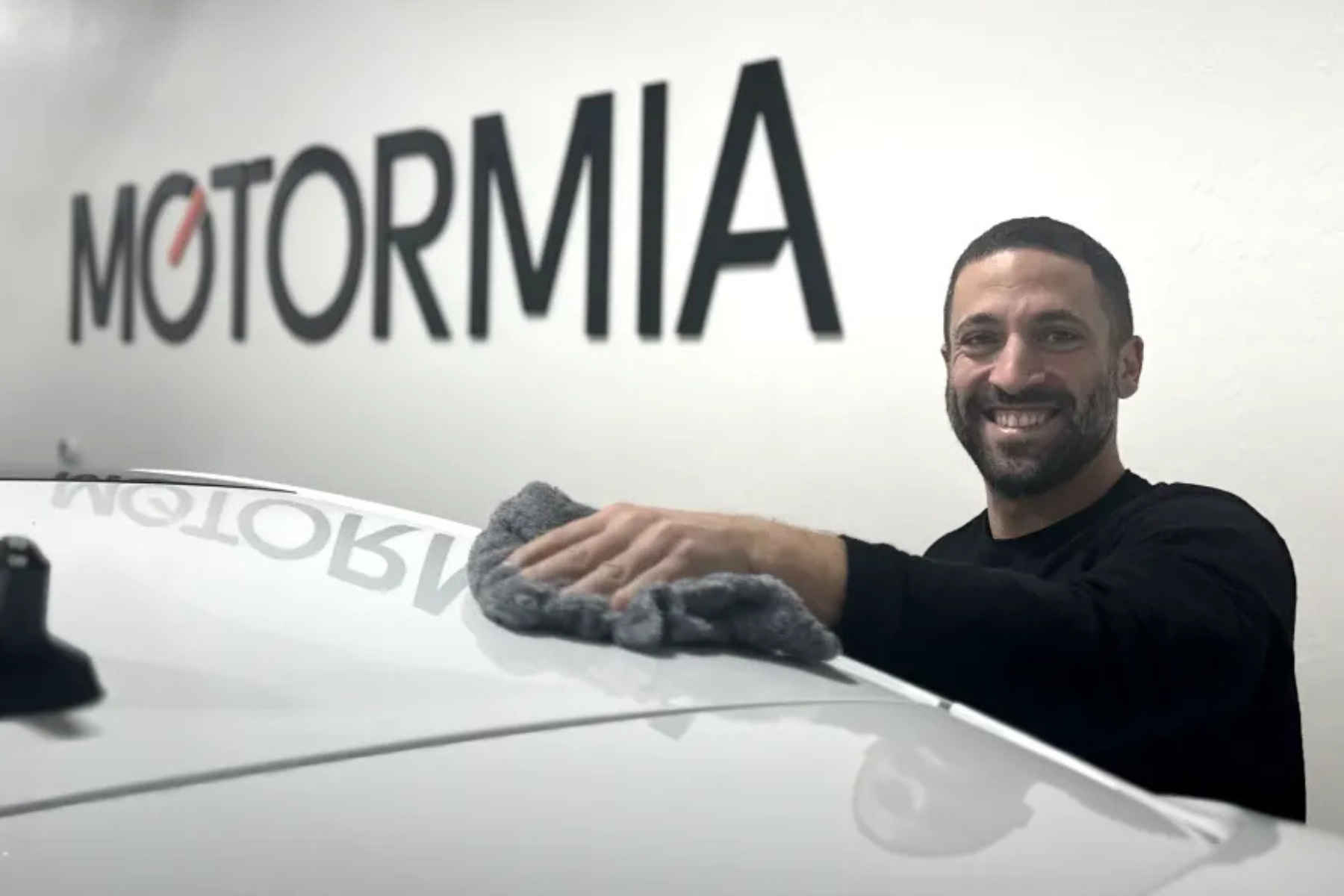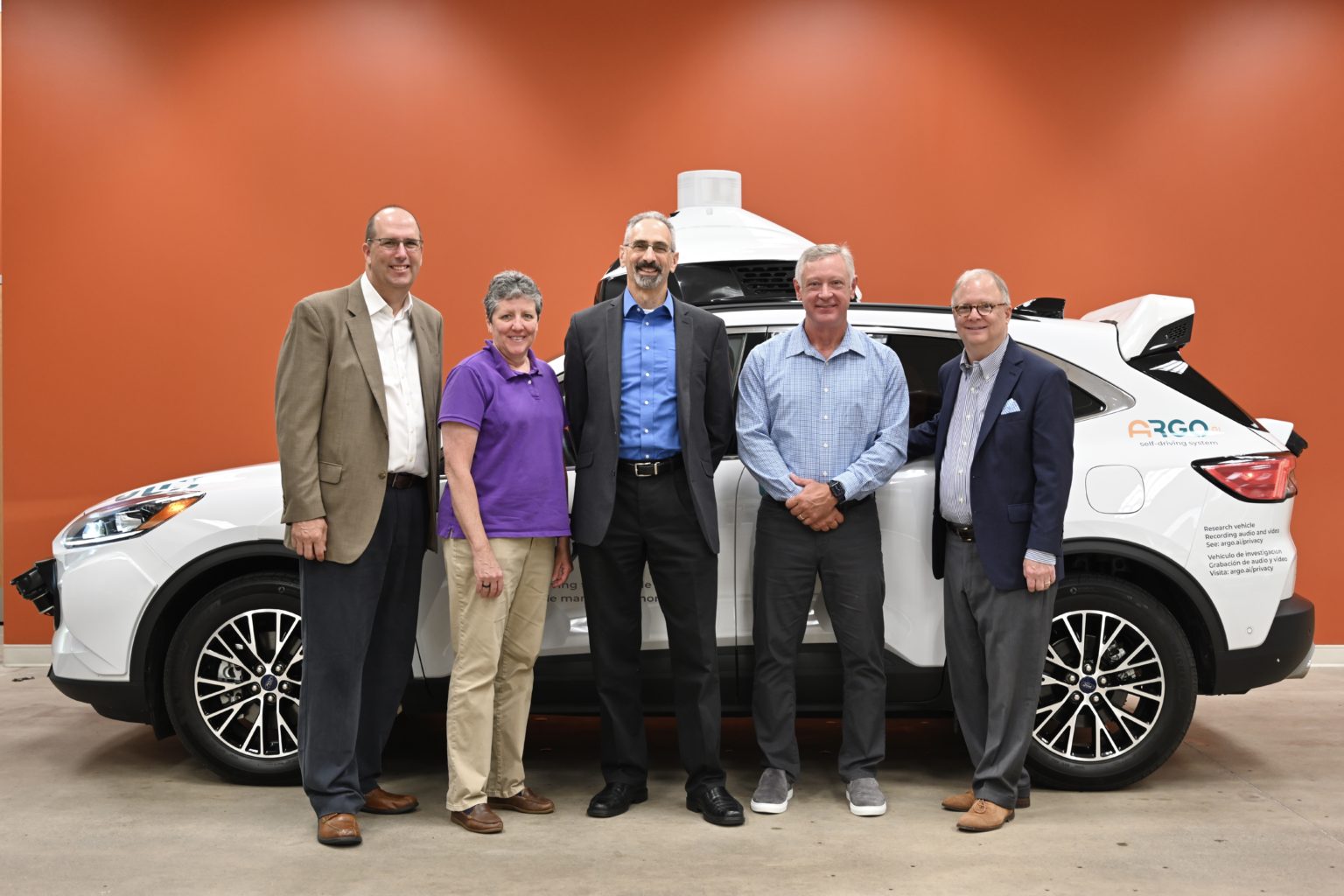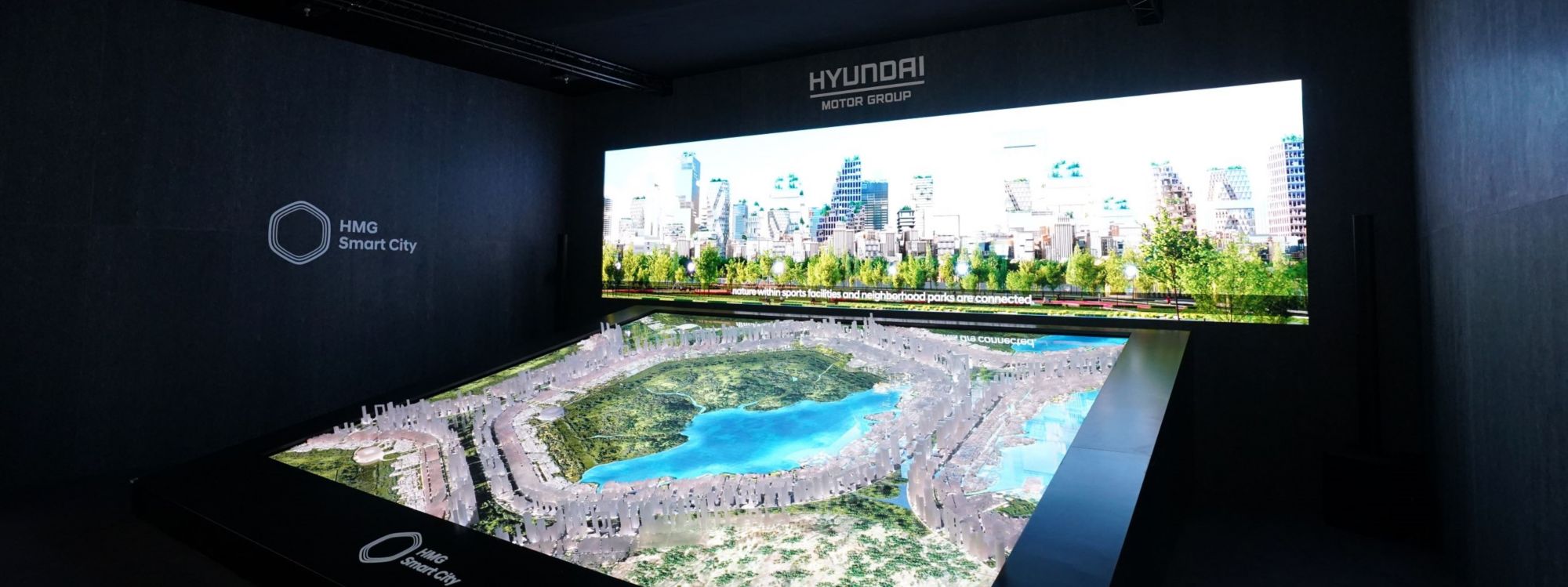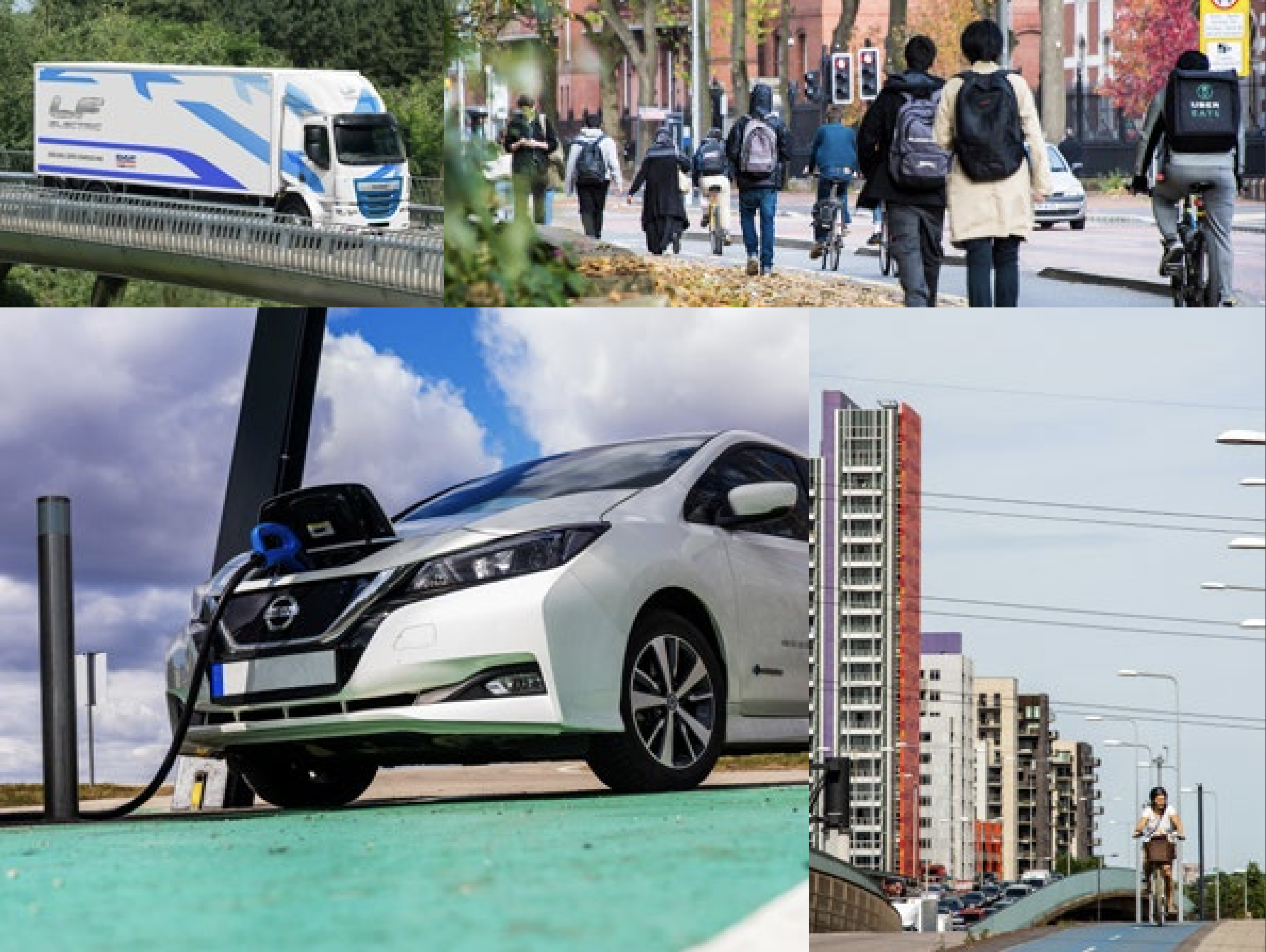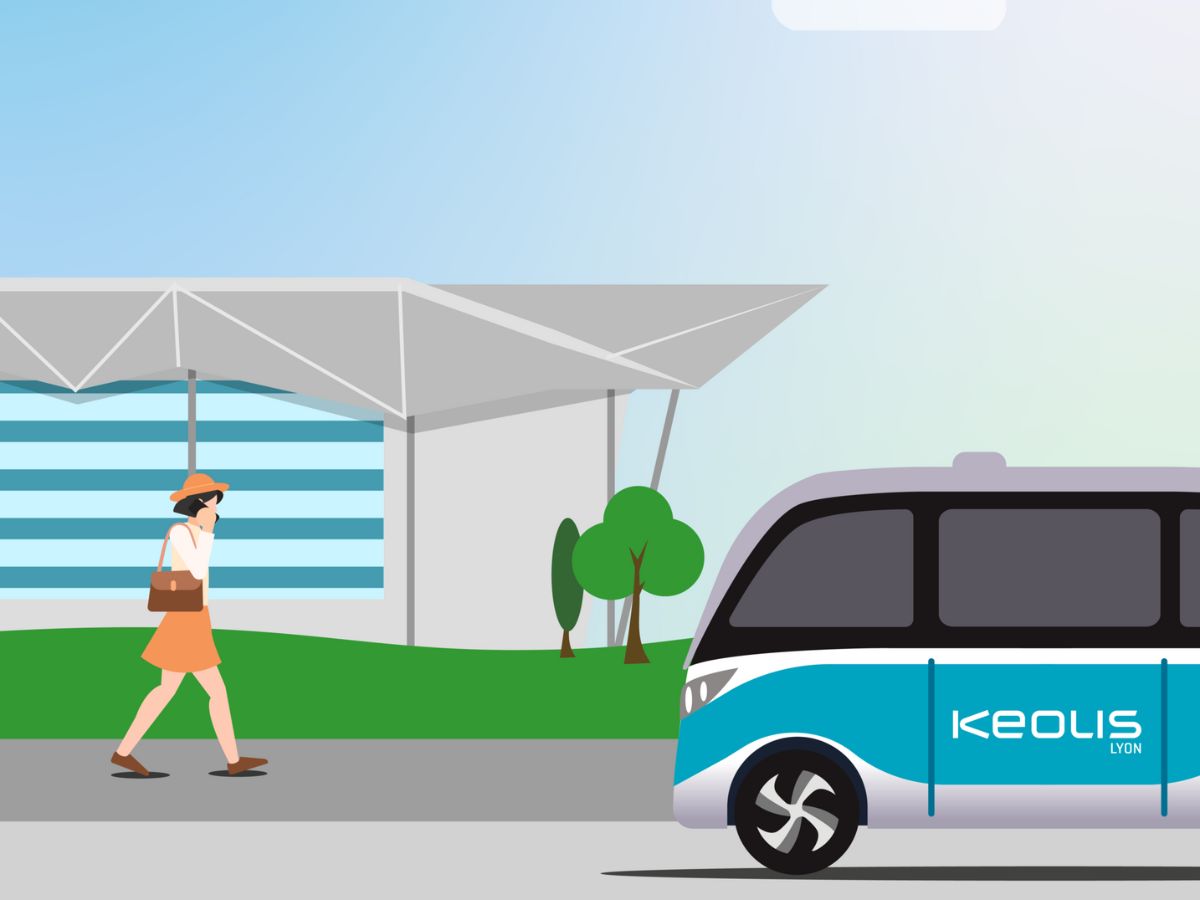During the Future Mobility Sector and Showcase days hosted by the West Midlands Growth Company (WMGC) on 4 and 5 August, industry leaders discussed the liability challenges associated with deploying autonomous vehicles.
At the Sector Day, George Gillespie, Executive Chairman of HORIBA MIRA acknowledged that future mobility solutions generally revolved around two themes: a society-driven focus on achieving net-zero, and a technology and safety-driven focus on developing automation.
The technology-driven focus anticipates that autonomous vehicles will improve transport safety by reducing human error. To leverage this expected potential, the UK government is collaborating with industry and academia to establish the required regulations around their use.
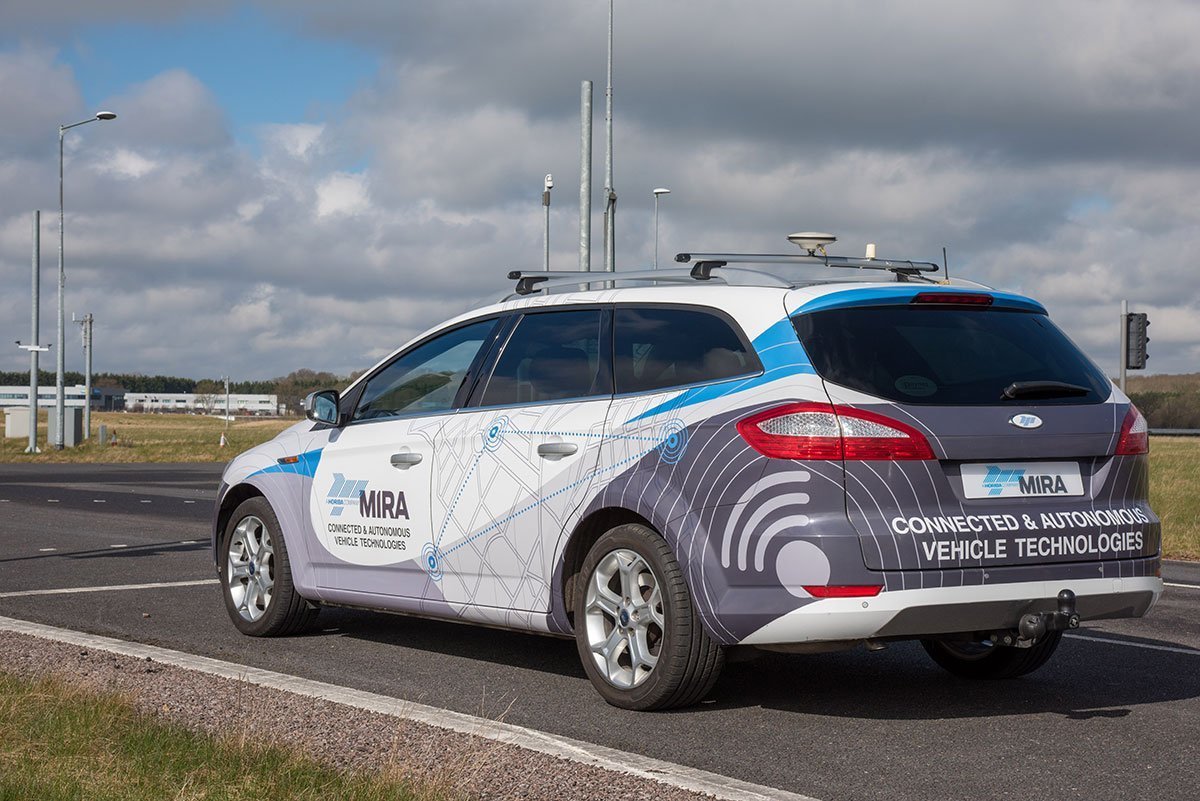
Rachel Maclean, Parliamentary Under Secretary of State for Transport said:The potential societal benefits of autonomous technology in the UK are vast. New zero-emission self-driving bus, taxi and delivery services could make public transport greener, cheaper, more efficient and more accessible. The technology could improve rural communities’ access to important services and could make our roads safer, reducing human errors that can lead to accidents and collisions.
Policy Challenges
Gillespie noted that autonomous vehicles were initially expected to be widely deployed by the early 2020s, but that this had not transpired. Although thorough testing had demonstrated that Level 4 and 5 automation technology worked and had less safety risks than a human driver, widespread deployment was hindered by the question of liability and the corporate risk for manufacturers, he said.
In response to these challenges, the Queen’s speech in May 2022 noted that the UK Law Commission aims to have the regulatory framework for widespread deployment of autonomous vehicles in place by 2025. Dominic Richardson, Partner at Gowling WLG law firm stressed that this framework should address unresolved issues such as contributory negligence and the lifetime for which a manufacturer should be responsible.
Testing
HORIBA MIRA’s ASSURED CAV facility in Nuneaton provides a comprehensive range of scenario testbeds for autonomous vehicles. The site allows manufacturers to develop and test their products in one location, thus cutting costs and ensuring complete privacy within 100 kilometres of roadway featuring private 2G, 3G, 4G and 5G networks.
As the UK continues to establish itself as a global testbed for autonomous vehicles, Declan Allen, Managing Director at HORIBA MIRA stated that such infrastructure was key for determining certificated compliance procedures that would shape legal regulations and policies.
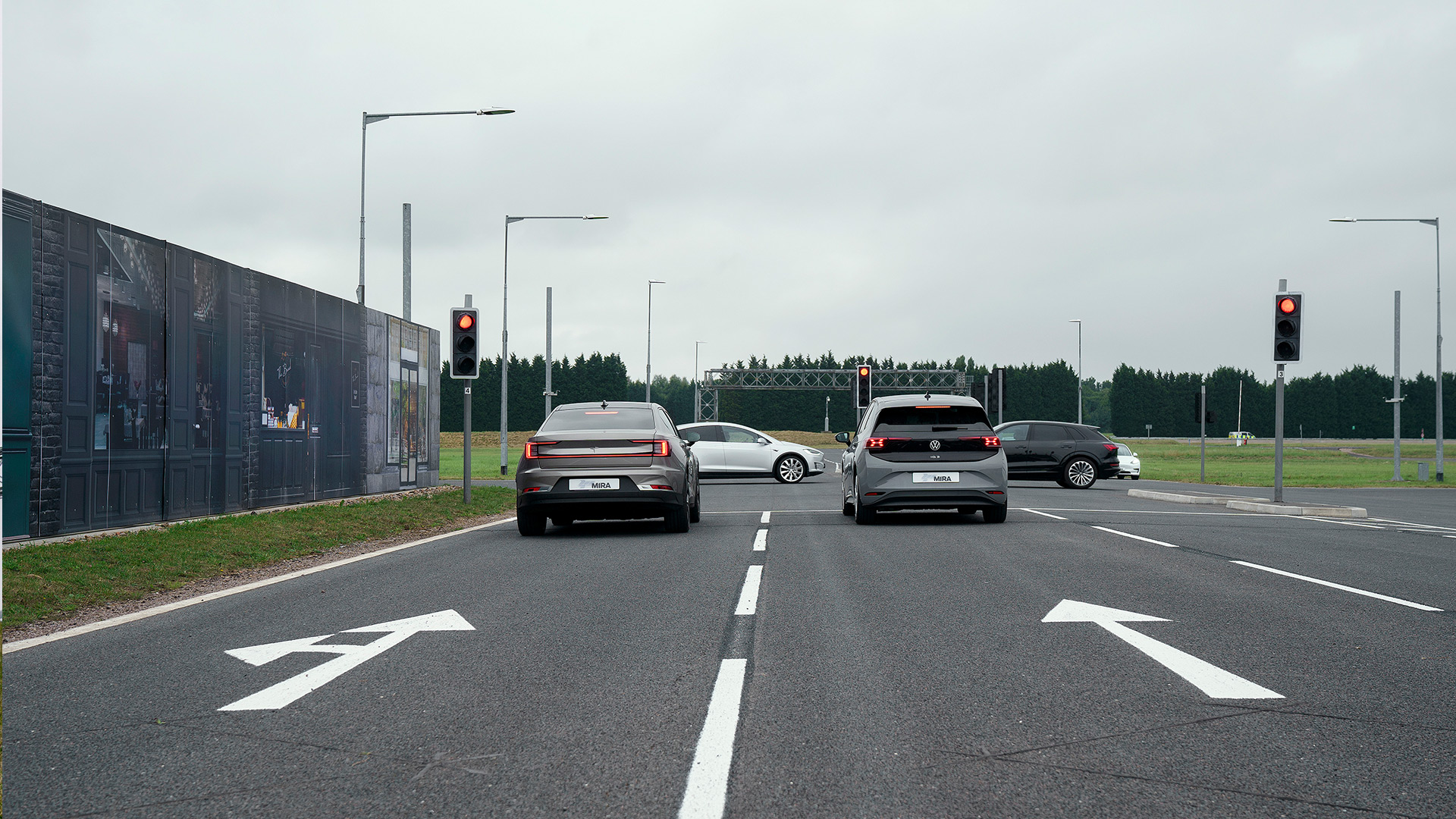
Allen also emphasised that scenario-based testing and data records were crucial for protecting manufacturers from corporate risk. Indeed, incidents in the US have demonstrated the importance of time stamping and record keeping in order for manufacturers to prove that the autonomous technology was sufficiently verified as functioning in its domain.
Building upon these priorities, HORIBA MIRA is working with government officials to develop manageable and deployable risk assessments and safety insurance frameworks that aim to enable the rollout of autonomous vehicles on fixed routes over the next 5 years.
Automated Lane-Keeping Systems
In contrast, Level 3 driverless technologies such as automated lane-keeping systems (ALKS) are easier to regulate, as the driver must be prepared to take over control of the vehicle. ALKS will therefore be the first commercially available system in the UK that will allow the driver to safely hand over control to the vehicle in set circumstances.
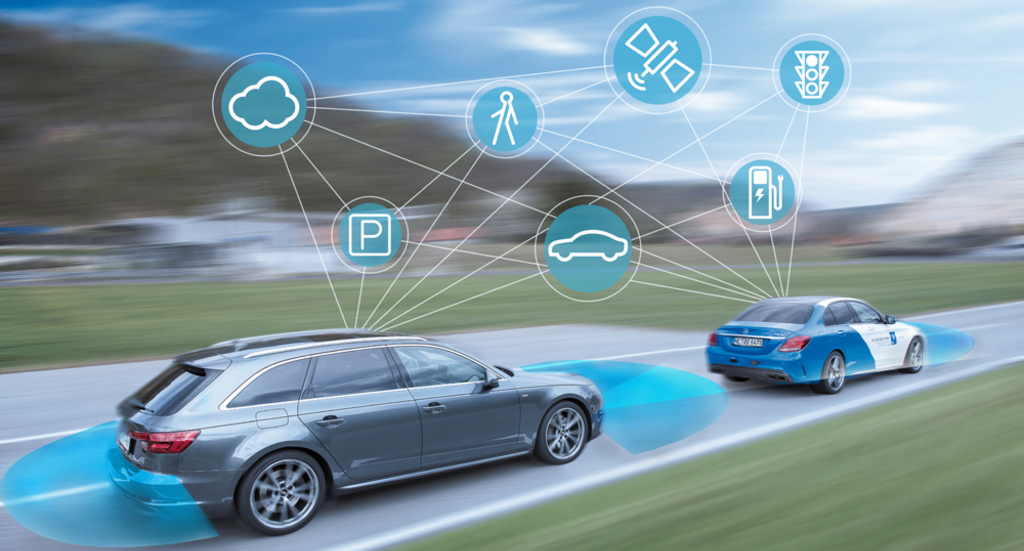
During an ALKS demonstration with a test pedestrian, Chris Reeves, Head of Connected & Autonomous Vehicles at HORIBA MIRA explained that driverless braking capabilities were designed to stop the vehicle close to the pedestrian so that the incident remained an unpleasant but safe experience. This proximity was designed to prevent the driver from becoming overly reliant on the autonomous technology, as they still had a level of responsibility.
In line with this focus, Declan Allen stated that the main challenges regarding the widespread rollout of ALKS now concerned consumer education and training so that users were aware of the technology’s capabilities and limitations, as well as their own responsibilities. Allen emphasised that it was vital for manufacturers to embrace this marketing challenge and ensure that the vehicles were not sold without a sufficient handover.
Consequently, as Level 3 ALKS technologies are rolled out on to UK roads and additional autonomous technologies continue to be developed and certified, government and industry specialists must continue to collaborate to promote safe, sustainable and sufficiently regulated future transport.




